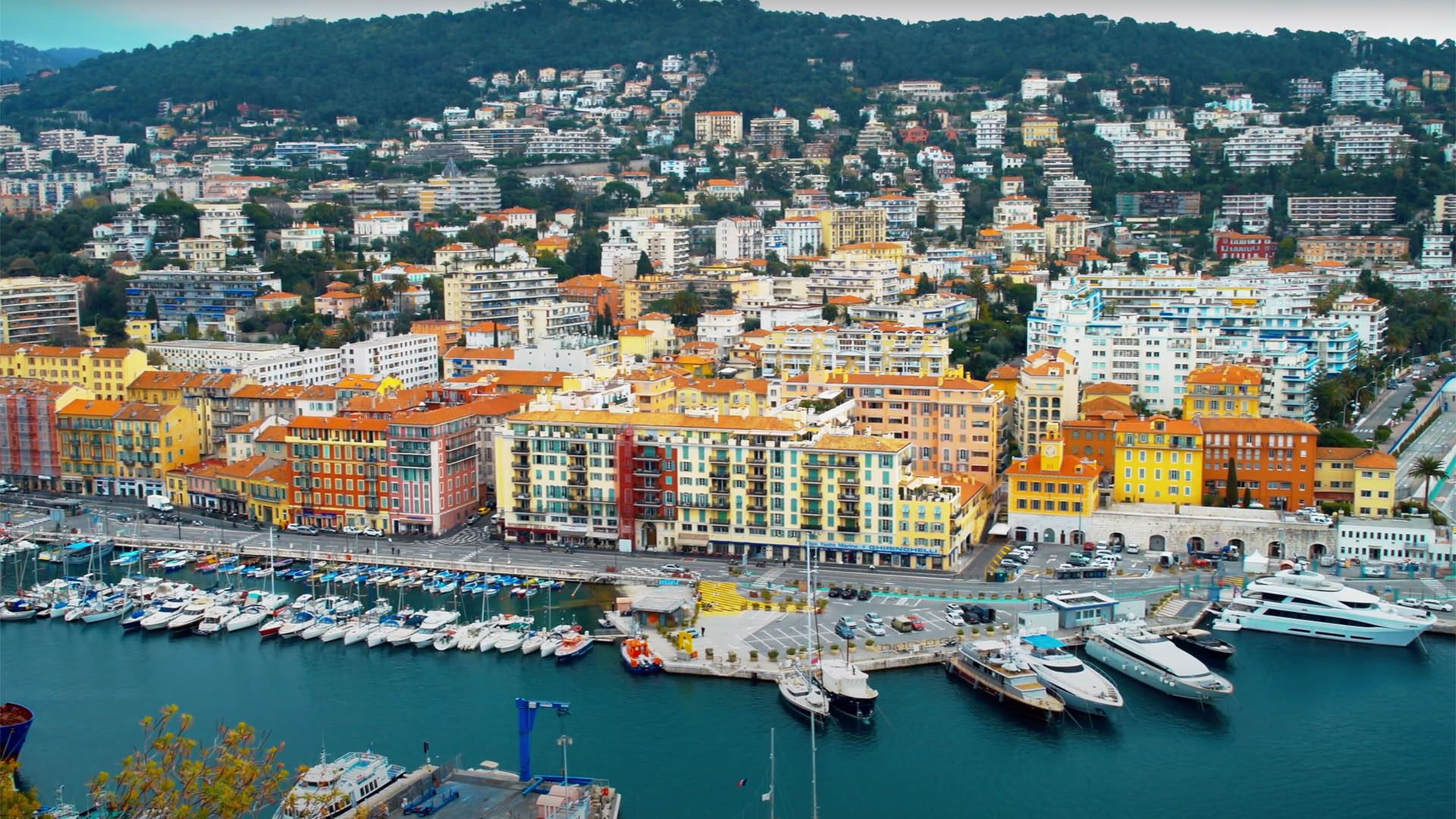On 27 July, The United Nations Educational, Scientific and Cultural Organization (UNESCO) announced that it had added the French Mediterranean city of Nice to its World Heritage List, calling Nice famous for its mild climate and the “Winter resort town of the Riviera”.
Nice joins France’s more than 40 World Heritage Sites, including the banks of the River Seine in Paris, the Amiens Cathedral, the Mont Saint Michel, and stretches of the Loire Valley.
“The history of Nice, which is at the same time deeply rooted and open, Mediterranean and Alpine, European and cosmopolitan, has produced an architecture and a landscape that are unique, a model for many other cities in the world,” Nice’s mayor Christian Estrosi said in reaction to the announcement.
🔴 BREAKING!
New inscription on @UNESCO #WorldHeritage List: Nice, Winter Resort Town of the Riviera, #France 🇫🇷. Félicitations! 👏
ℹ️ https://t.co/X7SWIos7D9 #44WHC pic.twitter.com/GQkUmyvtgo
— UNESCO 🏛️ #Education #Sciences #Culture 🇺🇳😷 (@UNESCO) July 27, 2021
History of UNESCO World Heritage List newcomer – Nice
The history of Nice dates back to 350 BC, when the Greeks founded a settlement on the shore of the Mediterranean Sea and decided to call it Nikaia, after Nike, the Greek goddess of victory. The site on which the present-day Nice stretches has been inhabited since prehistoric times. Specific archaeological findings prove the place was populated even 400,000 years ago.
This city’s nickname is Nice la Belle, which roughly translates to “Nice the beautiful”, and it’s a moniker that’s undoubtedly well deserved. The city is linked to the national motorway network and is served by the high-speed train (TGV), connecting the city to Paris and northern France. Its airport is the second-largest in France (after Paris) and has become a focus for various distribution and service industries.
While many of the other towns in Côte d’Azur are primarily tourist destinations, Nice is a city that doubles as a tourist’s paradise. It’s one of the largest cities in the Mediterranean, and it mixes excellent cuisine, architecture, history and luxury pampering to make it one of the most diversely entertaining locations in the world.
The beaches are of course a huge draw, and the Cours Saleya market will bowl over the foodies. This is the type of city that you will never want to leave.
Nice may be nice (pun intended), but it’s hot and jammed in July and August, making it an ideal winter resort town. The Promenade des Anglais, which roughly translates to ‘The Walkway of the English’, was constructed keeping the 19th-century English tourists in mind, who wanted a clean place to stroll while keeping their footwear clean. Today, the place has incorporated a bike and rollerblade path that leads all the way to the airport.
View this post on Instagram
The beach of Promenade des Anglais, while pebbly, is popular. Whether you are looking for an adrenaline rush or just working on the suntan, this place has something offeror everyone. The locals are fairly relaxed about topless sunbathing, you won’t really find any tan lines on them. You can rent a spot and relax on a lounge chair, with an umbrella that lets one play hide and seek with the summer sun.
Belle Époque that defines culture in Nice
One can find beautiful buildings from the last century leading in from the beach, from an era that was deemed as the Belle Époque, which roughly translates to ’The Beautiful Age‘, and Nice’s Grand Opera House reflects the enchanting extravagance of this era.
Another building that symbolizes the luxury of the Belle Époque era is the majestic Hôtel Negresco, located on Promenade des Anglais itself. Constructed more than 100 years ago, (in 1913 to be precise), the hotel offers some of the city’s costliest beds and it also boasts a unique collection of French artwork from 17th century onwards. The exquisite royal salon infuses Belle Époque’s grace with engineering by the great French architect Gustav Eiffel. Over16,000 pieces of crystal constitute the chandelier of the hotel, and it was built in France for the Russian Czar’s Moscow Palace. However, due to the onset of the Bolshevik Revolution, it never reached its destination and thus graces this beautiful hotel in the French riviera.
Nice’s Old Town Square
Nice was born in its easy-to-fortify hill. From there, and inland from the beach, spreads its colourful old town. The Old Town Square feels more Italian than French, and that is partly because until 1860, an Italian king ruled Nice. The people of this place too spoke in an Italian dialect until the mid-1800s. One can still find the street signs in two languages, and pasta is still a favourite.
View this post on Instagram
The Old Town offers stunning choices when it comes to lively bars, which you can visit for some fun after dinner. For live jazz, soul and reggae, head to Shapko Bar on Rue Rossetti. For a French-style pub atmosphere with an impressive choice of beers, you can rely on Les Distilleries Idéales on rue de la Prefecture. Finally, for an American diner-style venue, go to Wayne’s Bar, also on rue de la Prefecture. The choices are so diverse that you may have to hop from one bar to another to find the perfect joint for your taste.
Travel is the result of good things coming together, and in Nice, everything converges beautifully. ◼
Subscribe to the latest edition now by clicking here.
© This article was first published online in Aug 2021 – World Travel Magazine.



